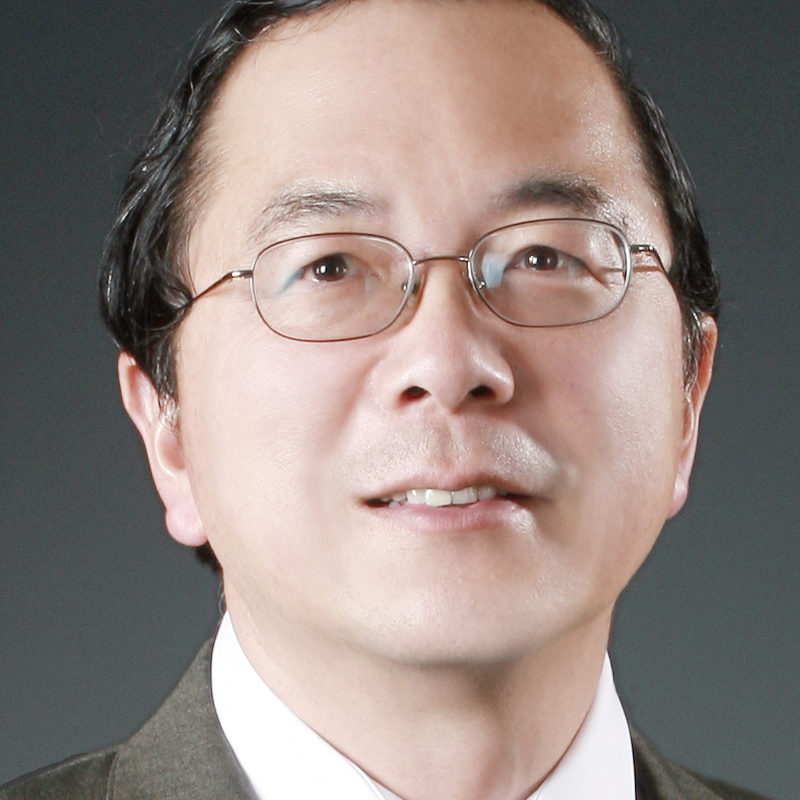
Your hair — or lack of hair — is the result of a lifelong tug-of-war between activators that wake up, and inhibitors that calm, stem cells in every hair follicle on your body, according to Cheng-Ming Chuong, MD, PhD, professor of pathology at the Keck School of Medicine of USC.
Building on research reported last April in Science, Chuong and his colleagues teamed with Oxford University mathematicians Philip Maini, PhD, and Ruth E. Baker, PhD, to use a “cellular automaton” model to describe the population behavior of hair follicles. Chuong presented their findings at the American Society for Cell Biology 2011 Annual Meeting in Denver on Dec. 7.
Using the predictive model, the researchers found that each adult human hair follicle could count only on its intrinsic growth-promoting signals, without the help of adjacent follicles in the macro-environment. In contrast, the growth of both rabbit and mice hair follicles depended on signals from neighboring follicles.
The cellular automaton model consists of a regular mathematical grid of automata, each of which represents one hair follicle in one of its four functional cyclic stages. Surrounding each automaton are eight automata, the hair follicle’s neighbors.
The state of each automaton changes according to rules that dictate whether hair on a human scalp or in an animal’s fur coat will be caught up in waves of growth called the anagen phase, or remain in the resting or telogen phase. Under the right conditions — winter season or a new physiological stage in an organism’s life such as puberty — a collective regeneration wave can sweep through the skin, activating hair stem cells in individual follicles and those in front of them, by the tens of thousands.
In other seasons or life stages, individual follicles may remain locked in telogen by the inhibitors in their macro-environment. Inhibitor levels are modulated in part by intradermal adipose tissue and the central endocrine system. These multiple layers of control create a balance between inhibitory BMP (bone morphogenic protein) signaling that keeps hair stem cells in quiescent state and activating Wnt signaling that wakes them up.
Chuong reported robust wave spreading in rabbits, gradual spreading in mice, and random growth with loss of follicle coupling in human skin. The data suggest a new approach to androgenic alopecia, the most common form of alopecia in aging males: It may be easier to get hair follicles growing again by improving their environment, rather than implanting stem cells.
The success of the cellular automaton method could be applied to a broad range of biological pattern formation situations, including the spread of infectious diseases or neural networking in the developing brain, said Chuong.
Chuong and his colleagues determined that spacing between hair stem cell clusters was critical. Because rabbits have compound follicles (multiple hairs from one follicle), their stem cells were tightly coupled, and their coats regenerated so rapidly that the patterns resembled rapidly changing fractals. In humans, coupling of hair follicles was much lower, probably as a result of human evolution, Chuong said.
